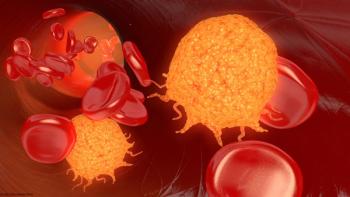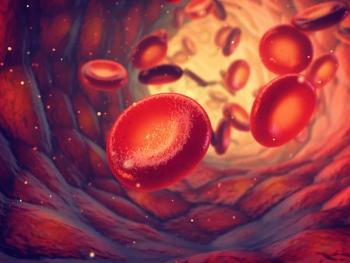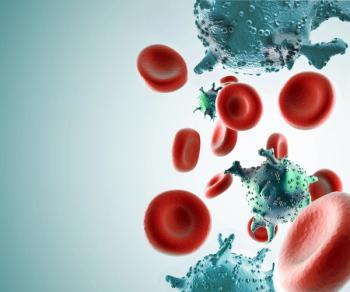
Oncology NEWS International
- Oncology NEWS International Vol 10 No 12
- Volume 10
- Issue 12
US Life Expectancy Reaches New High
WASHINGTON-Life expectancy in the United States reached 76.9 years in 2000, a record high, according to preliminary figures released by the Centers for Disease Control and Prevention. CDC attributed the increase in part to continuing declines in the aged-adjusted death rates for cancer and heart disease, the nation’s two leading causes of death.
WASHINGTONLife expectancy in the United States reached 76.9 years in 2000, a record high, according to preliminary figures released by the Centers for Disease Control and Prevention. CDC attributed the increase in part to continuing declines in the aged-adjusted death rates for cancer and heart disease, the nation’s two leading causes of death.
Mortality from HIV infection decreased 3.7% last year, its fifth consecutive year of decline. Adjusted death rates also fell for other leading causes of death: homicide, suicide, accidents or "unintentional injuries," strokes, diabetes, chronic lower respiratory diseases, and chronic liver disease and cirrhosis.
Mortality increased for Alzheimer’s disease, influenza, pneumonia, kidney disease, hypertension, septicemia, and pneumonitis due to solids and liquids, an age-related illness that made the top 15 causes of death for the first time.
Articles in this issue
almost 24 years ago
Elderly Colon Cancer Patients Benefit From Adjuvant Chemotherapyabout 24 years ago
Stromal Cells May Be Involved in Development of Breast Carcinomaabout 24 years ago
Intercultural Facts About Cancerabout 24 years ago
18-Gene Cluster Found in ER-Positive Breast Cancersabout 24 years ago
Viread OK’d for Treating HIV With Other Antiretroviralsabout 24 years ago
Surgeons in New York Operate on Patient in Franceabout 24 years ago
Fulvestrant Reduces Cell Turnover Index More Than Tamoxifenabout 24 years ago
New Lung Cancer Campaign Launchedabout 24 years ago
CPDR Updates Its Prostate Cancer WebsiteNewsletter
Stay up to date on recent advances in the multidisciplinary approach to cancer.

















































































